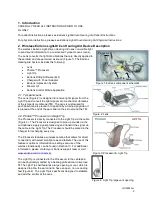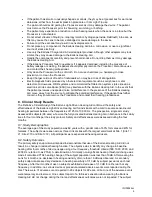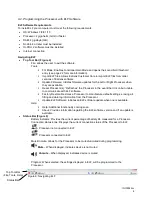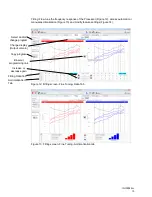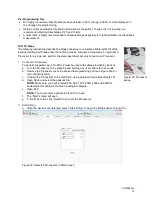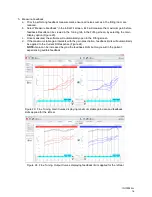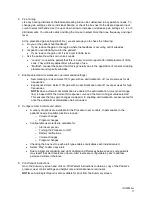
IFU00022vJ
2
1. Introduction
CAREFULLY READ ALL INSTRUCTIONS PRIOR TO USE.
Rx ONLY
For patient instructions, please see
Earlens Light-Driven Hearing Aid Patient Instructions
.
For physician instructions, please see
Earlens Light-Driven Hearing Aid Physician Instructions
.
2. Wireless Earlens Light-Driven Hearing Aid Device Description
The wireless
Earlens
Light-Driven Hearing Aid
uses non-visible light
to send sound information to a customized Tympanic Lens (Lens).
The Lens converts the light into vibrations that are directly applied to
the eardrum and are perceived as sound (Figure 1). The Earlens
Hearing Aid System includes the following:
•
Lens
•
Photon™ Processor
•
Light Tip
•
Earlens Fitting Software (ELF)
•
Charger with Power Adapter
•
Earlens Impression System
•
Mineral Oil
•
Earlens Control Mobile Application
2.1. Tympanic Lens
The Lens (Figure 2) is designed to receive light signals from the
Light Tip and convert the light signals into mechanical vibrations
of the tympanic membrane (TM). The Lens is customized for
each patient and is placed in to position by a trained physician. It
is placed at the end of the ear canal on the skin around the TM.
2.2. Photon™ Processor and Light Tip
The Processor is directly connected to the Light Tip via the cable
(Figure 3). The Processor is designed to pick-up sounds via the
microphones, apply signal processing and transmit the signal via
the cable to the Light Tip. The Processor should be placed in the
Charger for recharging every day.
The Processor features a wireless antenna that allows for direct
connectivity with select smartphones and tablets. The use of this
feature is optional. Information on settings and use of the
wireless functionality can be found in Section 10. For additional
information, please contact your Earlens support team or visit
www.earlens.com/connectivity
.
The Light Tip is connected to the Processor via the cable and
can be physically modified by a hearing professional to improve
fit. The Light Tip shell features a large opening or vent, which is
designed to allow the ear canal to have an open, non-occluding
feel (Figure 4). The Light Tip is specifically designed to stabilize
and aim the emitter at the Lens.
Figure 1: Earlens component schematic
Processor
Lens
Light Tip
Figure 2: Lens
Figure 3: Processor & Light Tip
Figure 4: Light Tip large vent opening
Содержание Photon
Страница 20: ...IFU00022vJ 20 Figure 28 Data Logging Screen ...


